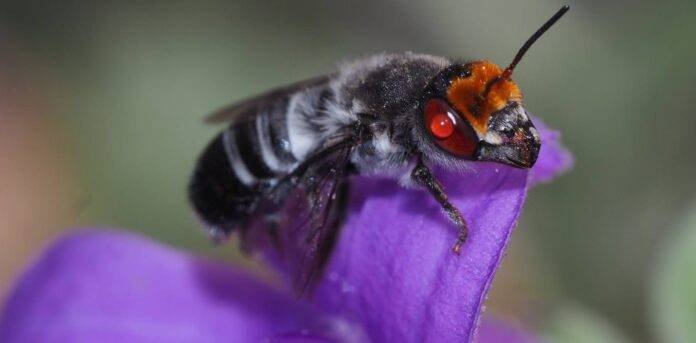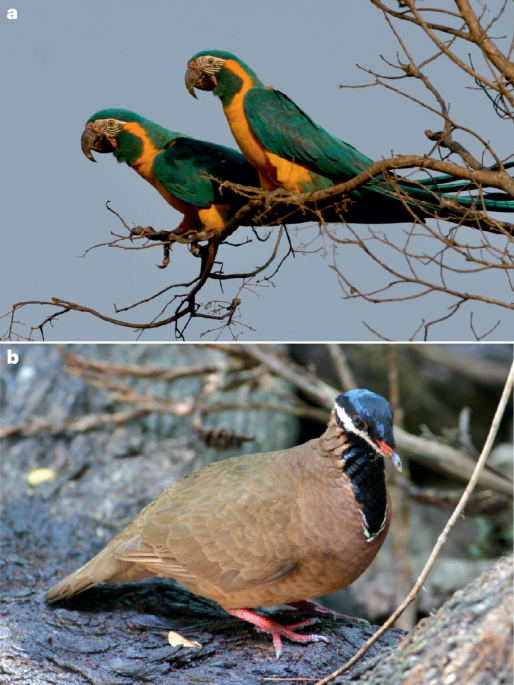
The UK has set ambitious targets under the Global Biodiversity Framework 2030, aiming to halt and reverse biodiversity loss. One of the key policies designed to help achieve this is Biodiversity Net Gain (BNG), a requirement in England that ensures new developments (such as housing projects) result in a 10% increase in biodiversity. On the surface, this sounds like a positive step—but is it really working for all species?
In a newly published paper that I co-authored, led by University of Oxford PhD student Natalie Duffus, we suggest that BNG may be falling short for some of the most vital, yet overlooked, members of our ecosystems: invertebrates. This group includes insects, spiders, and other arthropods—organisms that play critical roles in pollination, pest control, and nutrient cycling but are also experiencing dramatic population declines worldwide.
The Problem with a Habitat-Focused Approach
The way BNG is currently applied focuses heavily on habitats rather than species, meaning that while new green spaces may be created, they may not necessarily provide the right conditions for invertebrates to thrive. In some cases, BNG could even make things worse by fragmenting existing habitats or failing to account for the complex ecological needs of different species.
For instance, many invertebrates rely on very specific plants, soil conditions, and microhabitats that a broad-brush approach to habitat restoration may not support. Simply increasing the area of green space does not guarantee it will be suitable for pollinators, decomposers, or predatory insects that help keep ecosystems functioning. It’s an issue that I highlighted in October 2023 when I wrote a report about BNG and pollinators.
How Can BNG Be Improved?
Rather than being a one-size-fits-all approach, BNG could be better aligned with evidence-based conservation strategies, such as the National Pollinator Strategy. By integrating more targeted actions—including planting native wildflowers, preserving deadwood for beetles, or ensuring hedgerows and wetlands remain intact—BNG could deliver real benefits for invertebrates.
Additionally, better monitoring and evaluation are needed to track whether biodiversity is genuinely improving under BNG policies. This would help policymakers refine their approach and ensure conservation efforts support the widest possible range of species, not just the most obvious or easily monitored ones.
Lessons for Global Conservation
With many countries looking to adopt biodiversity offsetting schemes like BNG, England’s experience offers valuable lessons. If BNG is to be truly effective, it must take a more holistic, species-specific approach—one that recognizes the essential role of invertebrates and actively works to protect and enhance their populations.
If done right, BNG could be a game-changer for conservation. But if we fail to consider the full picture, it risks becoming a well-intentioned policy that does little to halt biodiversity loss where it matters most.
Here’s the full reference with a link to the paper – it’s open access and can be downloaded for free:






